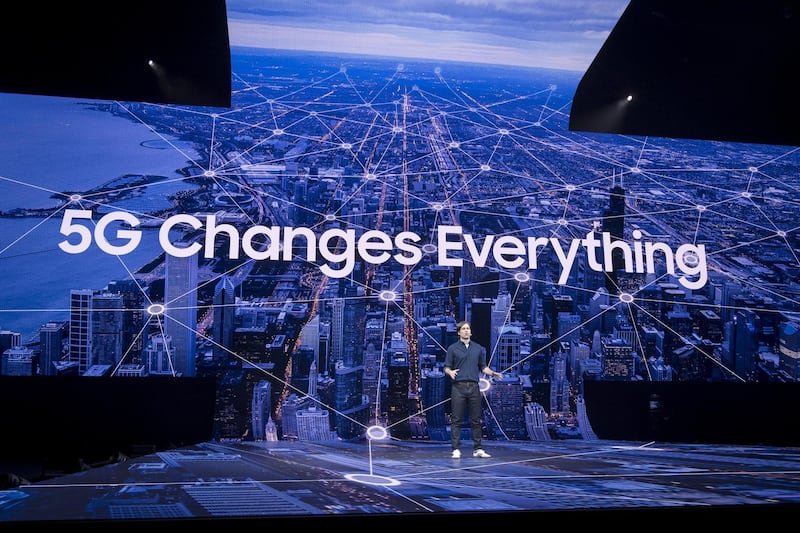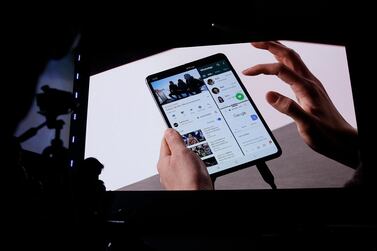Donald Trump called for the United States to implement 6G technology – which does not currently exist – as soon as possible on Thursday.
The US President called for the US to "be the leader in everything we do, especially when it comes to the very exciting world of technology," in a series of Tweets.
But Mr Trump was quickly mocked for his invention of 6G, which is currently nothing more than the inevitable name of 5G's successor.
"Why have 6G when you could have 7G?" asked Chris Cilliza, a CNN anchor, quoting the president's tweet.
Why have 6G when you could have 7G? https://t.co/d3eDIjgivG
— Chris Cillizza (@ChrisCillizza) February 21, 2019
Other users asked "Why stop at 6G? let's promise 1237G."
It is not clear what inspired the President's tweet, but Samsung released their latest smartphones on Wednesday evening, some of which were 5G enabled.
5G is the fifth generation of mobile coverage and will provide faster data upload and download speeds, wider coverage and more stable connections.
It will enable more complex technology to operate in the world, paving the way for autonomous vehicles or intricate networks of drones.
Internet speeds could be between 10 to 20 times faster than the current best, 4G, network – it means you could download a high definition film within a minute.
There are some organisations investigating what the successor to 5G could look like, but it is currently little more than a theoretical possibility, attempting to predict the connectivity demands of the decade after the next.







